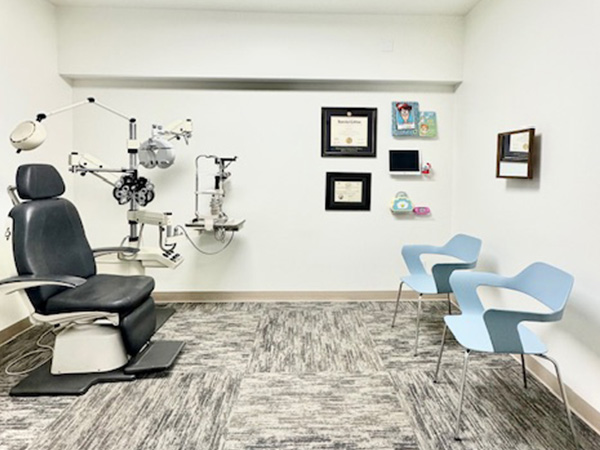
Dry eye syndrome is a common condition that occurs when your eyes do not produce enough tears or when the tears evaporate too quickly. This can lead to discomfort, irritation, and even vision problems if left untreated. Fortunately, a range of treatment options—from simple self-care measures to advanced therapies—can help alleviate symptoms and improve eye health.
Understanding Dry Eye Syndrome
Dry eye can be caused by various factors, including aging, environmental conditions, prolonged screen use, medications, mebomian gland dysfunction, blepharitis, and underlying medical conditions. The most common symptoms include:
A gritty or sandy feeling in the eyes
Redness and irritation
Burning or stinging sensations
Blurred vision that improves with blinking
Sensitivity to light
Watery eyes
If you experience persistent symptoms, it’s essential to seek professional care to prevent complications and improve your quality of life.
Self-Care and Lifestyle Modifications
For mild cases of dry eye, certain lifestyle changes and at-home remedies can help alleviate symptoms:
Artificial Tears – Over-the-counter lubricating eye drops can provide temporary relief by supplementing tear production.
Blinking Exercises – Taking breaks from screen time and consciously blinking more often can help distribute tears evenly across the eyes.
Hydration and Diet – Drinking plenty of water and consuming omega-3 fatty acids (found in fish, flaxseeds, and walnuts) can support tear production.
Humidifiers – Adding moisture to indoor air can prevent tears from evaporating too quickly.
Avoiding Irritants – Reducing exposure to smoke, wind, and air conditioning can help minimize dry eye symptoms.
While these measures can offer relief, they may not be enough for more severe cases of dry eye.
Medical Treatments for Dry Eye
If self-care methods do not provide adequate relief, professional treatment options are available to address the underlying causes of dry eye.
Prescription Eye Drops: For patients with chronic dry eye, prescription eye drops such help reduce inflammation and increase tear production.
Punctal Plugs: Punctal plugs are tiny biocompatible devices inserted into the tear ducts to block tear drainage. This helps keep the eyes naturally lubricated for a longer duration.
Lid Hygiene: Many cases of dry eye are linked to MGD, where oil-producing glands in the eyelids become clogged. Treatments such as lid scrubs and warm compresses help clear blockages and improve oil flow.
Scleral Lenses: For individuals with severe dry eye, scleral lenses provide a protective barrier over the eye’s surface, locking in moisture and reducing discomfort.
Intense Pulsed Light (IPL) Therapy: IPL therapy is a non-invasive treatment that uses light pulses to reduce inflammation and stimulate the meibomian glands, improving the quality of tears.
Finding the Right Treatment for You
Dry eye treatment is not one-size-fits-all. A thorough eye exam at Ellis Eye Optometry can help determine the underlying cause of your symptoms and the best course of action for long-term relief.
If dry eye is affecting your daily life, contact Ellis Eye Optometry to schedule a comprehensive dry eye evaluation and explore the best treatment options for your needs. Visit our office in Lancaster, California, or call (661) 948-6310 to book an appointment today.





